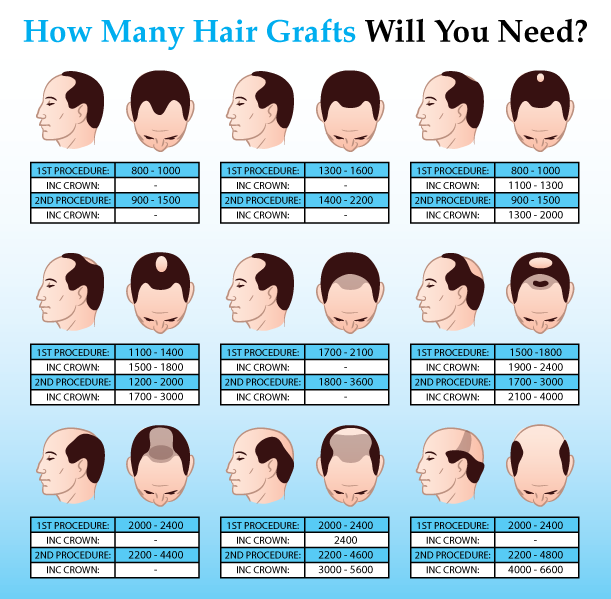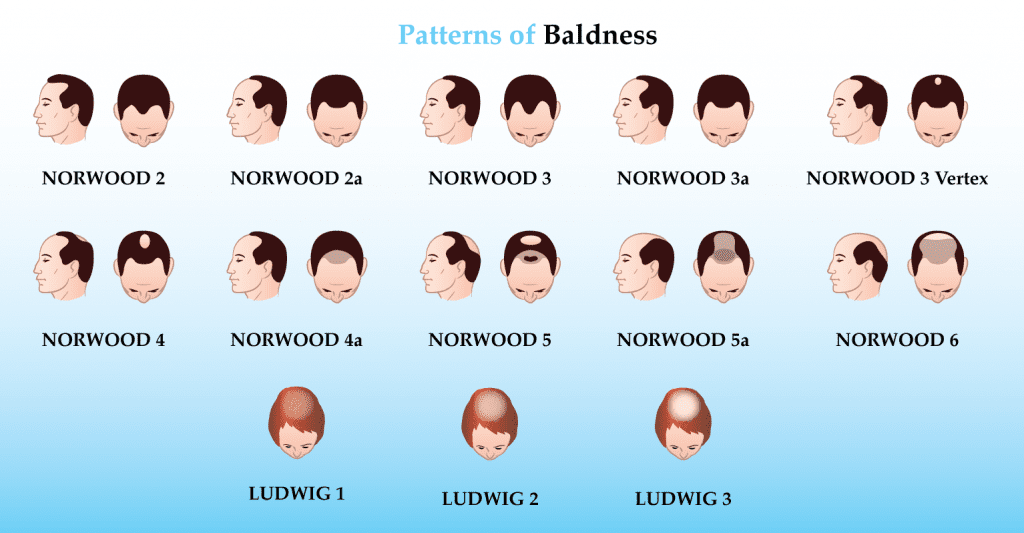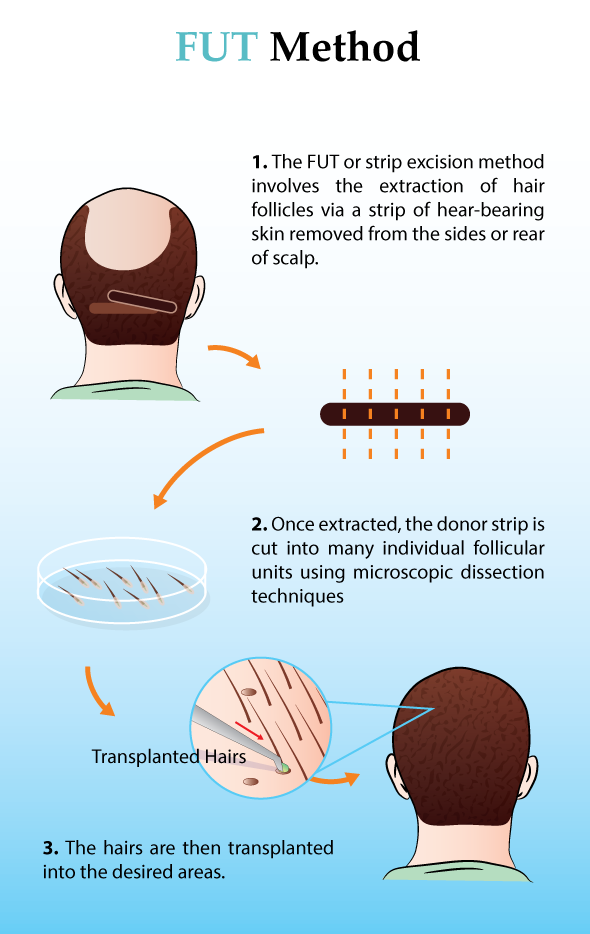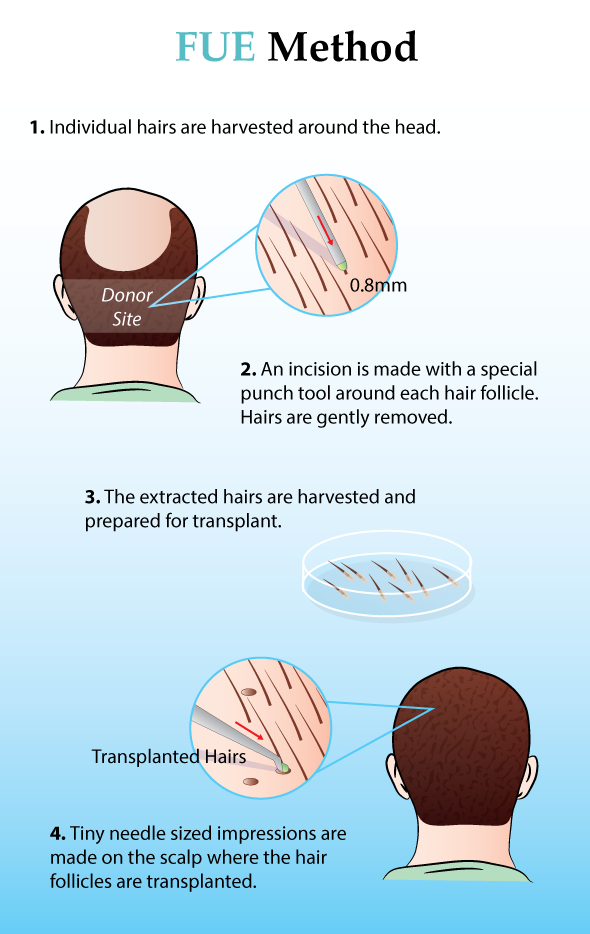Hair Transplant Surgery
-
Written by Andrew Proulx, MD | Medically Reviewed by EnhanceMyself Medical Team | Last updated 10/17/2023
- Overview
Overview
What is a hair transplant?
Hair transplant surgery is used to treat certain types of hair loss. It involves taking hair from dense growth areas of the scalp and transferring them to thinning or bald areas. Once transferred, the follicles can begin to regrow hair naturally, correcting hair loss.
Cost of hair transplant surgery
The average cost of hair transplant surgery ranges from $3,000 to $15,000 or more according to the International Alliance of Hair Restoration Surgeons (IAHRS). Below is the average cost for two of the most popular hair transplant techniques:
- Follicular Unit Extraction (FUE): The FUE technique involves extracting individual hair follicles from the donor area and implanting them into the recipient area. The average cost is between $4,000 to $15,000.
- Follicular Unit Transplantation (FUT): FUT, also known as the strip method, involves removing a strip of scalp from the donor area and dissecting it into individual follicular units for transplantation. The average cost is between $3,000 to $10,000.
Factors affecting the cost of treatment
There are several factors that can affect the cost of your hair transplant procedure. Here are some of the top factors.
- Surgeon’s Fee: The experience and reputation of the surgeon performing your procedure can affect the cost. Highly skilled and well-known hair transplant surgeons may charge a premium for their services. When choosing a surgeon, ensure they are certified by the American Board of Hair Restoration Surgery (ABHRS) or the International Alliance of Hair Restoration Surgeons (IAHRS). Although board-certification and memberships in any organization does not guarantee a successful outcome, surgeons must meet stringent criteria in order to achieve membership and board-certification. You can be confident that you are working with a highly trained, and experienced surgeon who will help minimize risks associated with hair transplant surgery.
- Anesthesia Fees: The administration of anesthesia involves the expertise of an anesthesiologist. The type of anesthesia used, the duration of the procedure, and the qualifications of the anesthesia provider influence the anesthesia fees. General anesthesia is typically more expensive than local anesthesia with sedation.
- Surgical Facility: The surgical facility where your hair transplant is being performed may impact the cost. These fees cover the usage of the operating room and other associated services. To ensure a safe experience, check to see if your surgical facility is certified by the Accreditation Associations for Ambulatory Health Care (AAAHC).
- Location Matters: The cost of living and the average pricing for medical services in a particular area can affect the cost of your procedure. In general, urban areas tend to have higher procedure fees. If you want to get a rough idea of the prices for medical procedures in your local area, you can use the Healthcare Blue Book, which functions similarly to Kelley Blue Book for estimating car prices.
- Technique Used: The choice of hair transplant technique can also influence the cost. FUE and FUT are the two primary methods, and their costs can vary. FUE, which involves extracting individual follicles, tends to be more expensive than FUT, which uses a strip of scalp.
- Extent of Hair Loss: The extent of hair loss or the desired coverage area can impact the cost. Larger areas requiring more grafts or multiple sessions may increase the overall cost of the procedure.
- Donor Hair Availability: The availability of donor hair can influence the cost. If you have limited donor hair supply or require specialized techniques like body hair transplantation, it may impact the cost.
- Pre and Postoperative Care: The care provided before and after affects the overall cost. This includes preoperative consultations, medical tests, surgical garments, prescription medications, and follow-up appointments.
If you are considering hair transplant surgery, schedule a consultation with a board-certified hair restoration specialist near you. This will allow you to discuss your aesthetic goals and obtain a better understanding of the costs involved with your specific case.
How many hair grafts will you need?
The number of hair grafts needed will vary from person to person. In general, patient will minimal hair loss may need 800 to 1000 grafts, whereas patients with more extensive hair loss may need between 4,000 to 6,000 grafts.
Are you a candidate?
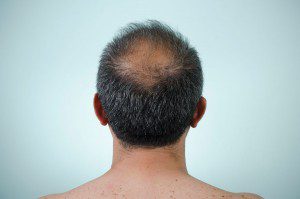
- Are an adult with an established pattern of hair loss
- Have a stable supply of donor hair on the back or sides of the head
- Realistic expectations of surgery results
You may not be a good candidate if:
- Your cause of hair loss is due to a known medical condition (i.e. alopecia, trichotillomania, etc.)
- You have a serious medical problem making you unfit for surgery
- Younger patients typically without an established pattern of hair loss
Patterns of baldness
There are many different patterns of baldness. The Norwood scale is used to classify baldness in males, and the Ludwig scale is used for females. Identifying your unique pattern can help your provider select the right type of treatment for you.
Hair transplant procedures
Historically, there have been a wide range of hair transplant treatments available, including scalp expansion, flaps, and mini grafts. Currently, the most effective hair transplantation methods are limited to two primary techniques: follicular unit hair transplantation (FUT) and follicular unit extraction (FUE). The difference between FUT and FUE is based on the manner by which the hair follicle units are extracted:
- Follicular Unit Transplantation (FUT): sometimes called a “strip” procedure. In this procedure, the surgeon removes narrow strip of hair-bearing skin from the patient – usually from the back of the head. Then individual follicular (hair growth) units are removed from the donor skin using high powered microscopes, and those follicular units — or “grafts” — are transplanted individually into tiny incisions in the areas of hair loss on the scalp. Each follicular unit graft consists of 1-4 hairs. The defect created by removing the donor skin is closed with stitches or staples and then covered up with the surrounding hair.
- Follicular Unit Excision (FUE): in this procedure, the donor area of scalp is shaved, and then small (0.8-1 mm) circular (“punch”) tools are used to carefully remove individual follicular units from the donor area. The tiny holes created by graft removal are left open to heal on their own, temporarily leaving tiny dot scars in the donor area. The harvested grafts are then implanted into the recipient region just as they are in an FUT procedure.
FUT vs. FUE
The following are some comparisons between FUT and FUE surgery.
| FUT | FUE |
| Requires scalpel excision of strip, and sutures/staples | No scalpel, no sutures |
| Longer healing time, requires suture removal | Wounds heal in a few days |
| More postoperative pain | Less post-op pain |
| Linear scar from strip, permanent, may be covered by hair | Numerous tiny dot scars, usually become nearly invisible |
| Hair may have to be kept longer to cover strip scar | Can wear hair short |
| Surgeon must harvest hairs from the strip | Surgeon can target specific hair types: size, diameter, or pigmentation |
| Strip must come from the scalp | Surgeon can harvest hair from any hair-bearing skin on the body |
| Greater yield of follicular units; good for people requiring a larger number of transplants | Good for people who need relatively small transplants |
| No need to shave entire scalp; hair can be kept long enough to cover scar right away after the procedure | Scalp must be shaved |
| Usually quicker (4-12 hours) | Takes longer (10 hours or more) |
| Less expensive | More costly |
| Both are relatively painless, require only a local anesthetic |
Recovery time
In general, it takes 10-15 days for most patients to recover from a hair transplant procedure. During this time, the scalp may appear red, scabby and swollen. Learn more about the hair transplant recovery time.
When will you see final results?
By the end of the first year, most patients will have achieved the final results of their hair transplant.
Is a hair transplant a permanent solution?
Yes, a hair transplant provides a permanent solution to hair loss. The transplanted hair follicles are typically resistant to the effects of pattern baldness and will continue to grow naturally in their new location.
To learn more about hair transplant surgery, visit the National Library of Medicine website.
EnhanceMyself.com relies on sources such as professional medical organizations, government agencies, academic institutions, and peer-reviewed scientific journals to write it’s articles. Learn more about how we ensure our content is accurate, in-depth, and unbiased by reading our editorial guidelines.
*Medical Disclaimer: This website does not provide medical advice. Read more.

